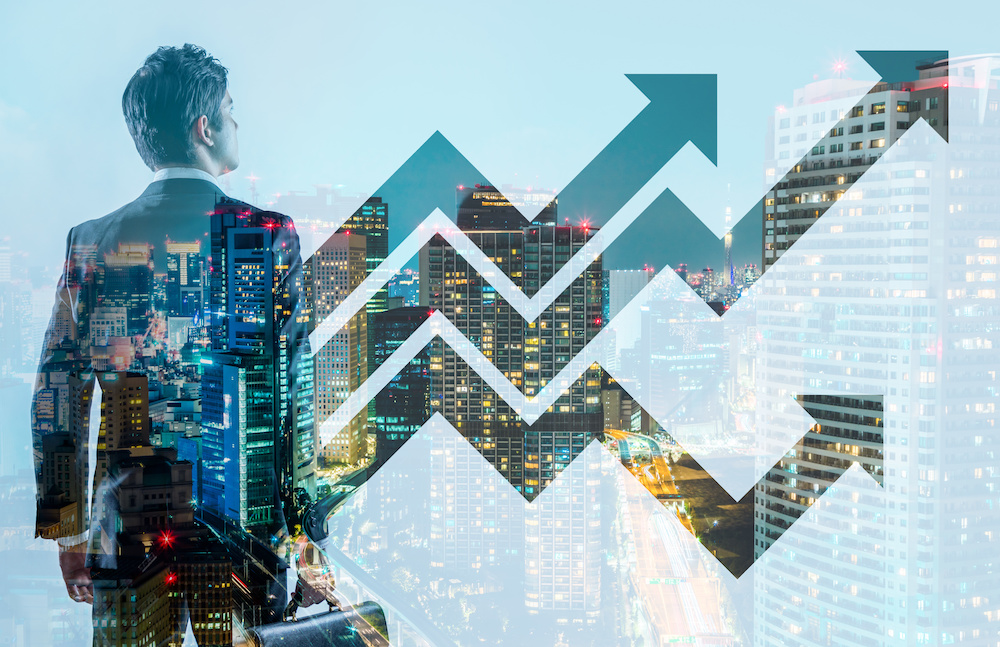That means hunting out cool new technology and partnerships, rather than spending all your time treading water and moving the past off the balance sheet.
I’m over again in California, driving round the state on multiple meetings with global mega brands, armed with my pile of patents, prototypes and business plans. Yesterday started at the Woodside Bakery – a traditional mecca for venturing over a coffee and a bun. Just buying stocks based on the number of times companies are mentioned here would probably generate enough money for a decent retirement – if the salt-pots on the table had 401ks they would be zillionaires.
Today, I’ve dropped into the Cleantech Forum being held in San Francisco. It’s a global showcase of the latest growth businesses in cleantech (moving to Paris next month).
I walk straight into Richard Miller from the UK Technology Strategy Board. He’s leading the Clean & Cool Mission, an initiative helping to link British start-ups in the cleantech space with local VCs and partners. Clean is definitely seen here as cool. For all the anti-climax of the Copenhagen Summit, renewable energy is viewed here as the growth opportunity of the decade ahead, and Richard tells me UK companies are attracting interest.
Across the hall “green energy tsars” from Google, Intel, SAP and Microsoft are talking about smart grid and clean technology. The fact that all major companies have significant sustainable programmes and executives dedicated to the space shows that aside from being cool, clean is also commercial. It’s about saving significant energy costs and enabling IT to drive greater efficiency. These people are getting things done. Accenture, SAP and Microsoft are collaborating to provide free systems to support the Carbon Disclosure Project, a global database to measure country and corporate emissions and mitigations.
The previous speaker Carl Bass, CEO of AutoDesk, is demonstrating how computer aided design (CAD) and full-lifecycle analysis is enabling a massive reduction in the development cost and climate impact of new buildings and products. With such CAD systems driving a majority of the world’s product and building development, change is inevitable, even if politics achieves nothing (a distant TV shows Republicans and Democrats at an ongoing 30 year stalemate on reform of American healthcare).
It all comes back to design. If our current environment, products and services were designed with energy efficiency in mind – problem solved. This is the growth area: fixing a century of poor design.
How to change behaviour is raised as a key issue. Google talks about the benefit of social networks – a competitive environment where neighbours and kids see how much energy they each use. An idea shared by David Cameron’s energy team. Though as I drive to my next meeting, local US talk radio argues this will cause war or riots at the street level, or the bullying of high energy users. (Not that bullying is rife in the UK or anything.)
The issue of privacy is raised, since home energy consumption data can reveal a lot about household appliances, occupancy and behaviour. I ask the panel whether they will use such information for energy advertising – where efficiency advice and products are sold directly to households based on detecting energy use signatures, e.g. an Xbox or a washing machine running a high temperature washing powder. Google says they have no plans. Microsoft and Intel appear more open – after all advertising is one of the most effective tools at changing consumer behaviour, and can help households save money.
I drive off to my next meeting, through the opportunity supermarket that is Silicon Valley. On the seat next to me is a copy of our comprehensive energy advertising/home power patent and a new Nexus One android phone (powered by a USBCELL phone battery prototype). It’s running a Moixa application that I’ve just used to turn on and off LED lights back in our London office, which are being powered via our smart DC grid.
In the evening I drop into NASA in Mountain View, where a new Singularity Executive programme is starting. This is a nine-day crammer on how accelerating technologies will transform the world (I attended the first programme last year). Ray Kurzweil opens with slides showing how medical, computing, IT and energy technologies are accelerating, and continue to double in performance over short intervals. Given this technology trajectory, anything is possible.
Business is about time travel – visualising a future event and setting a course towards it. It’s time for business to go Gaga.






